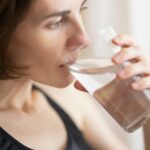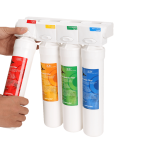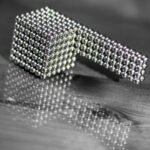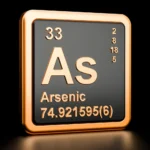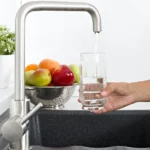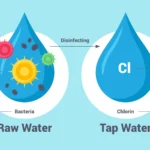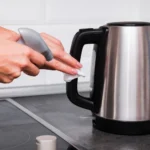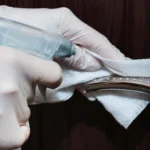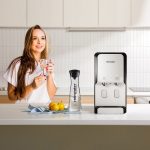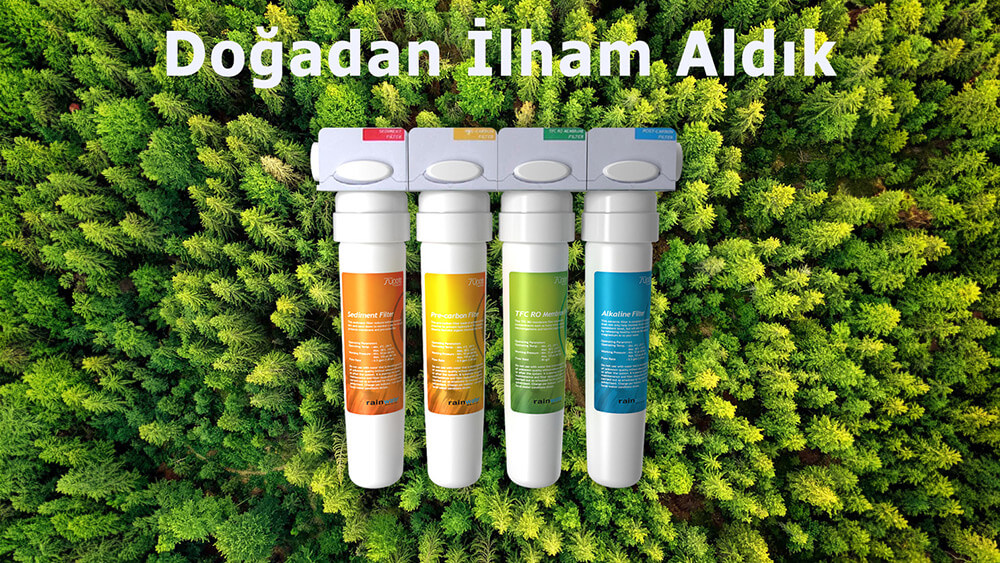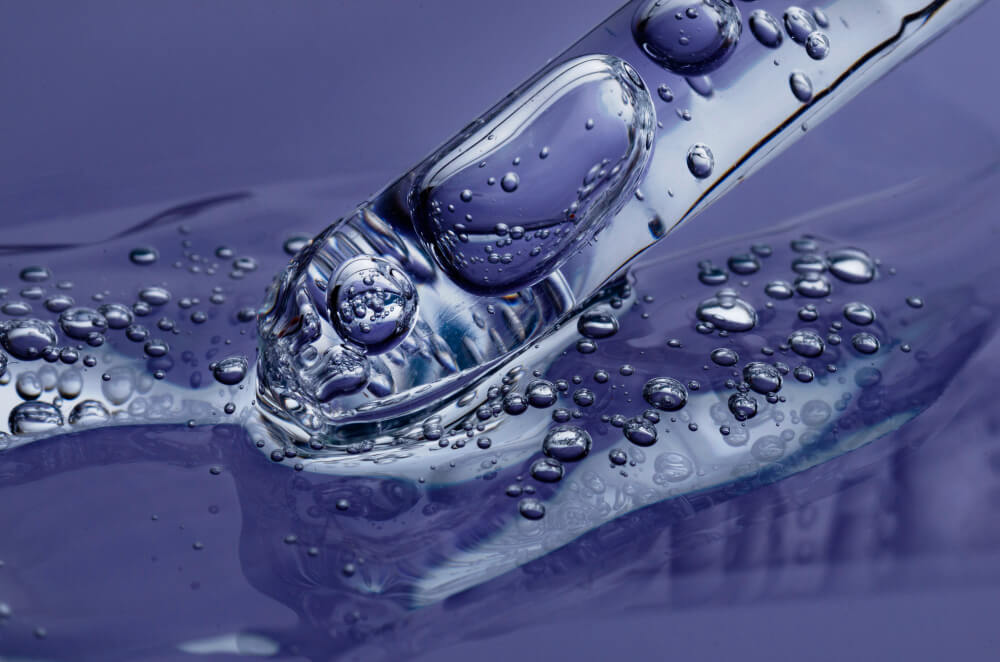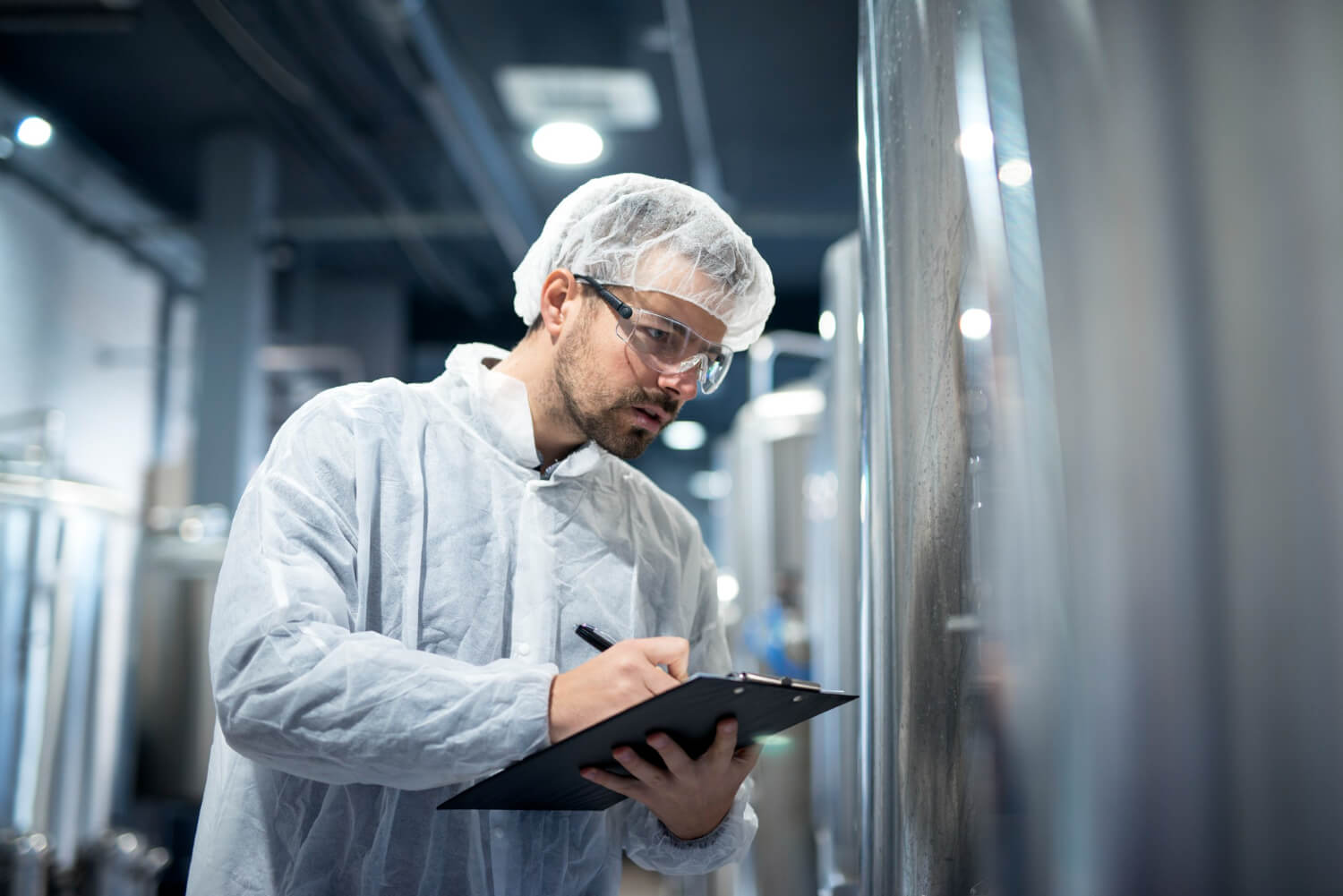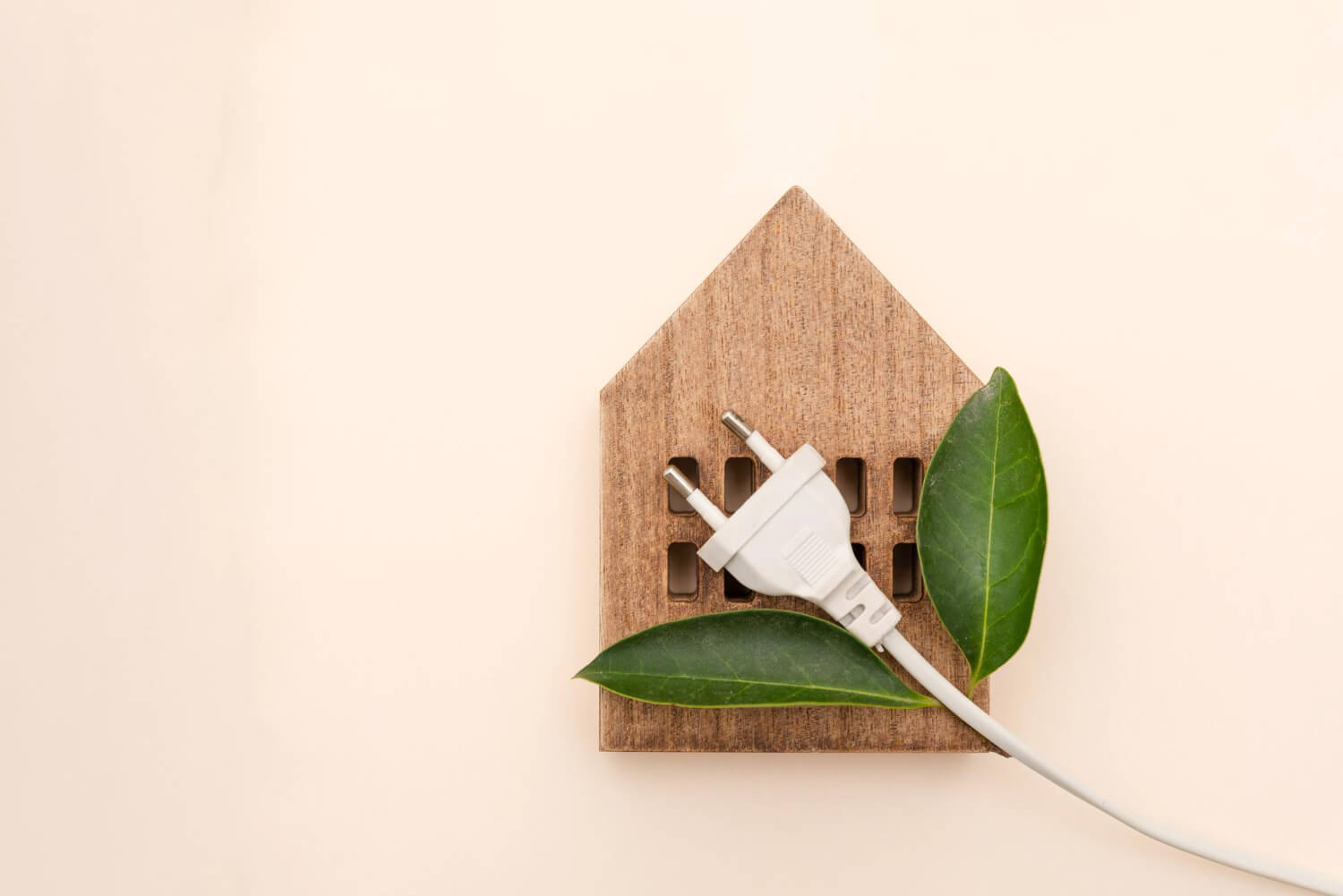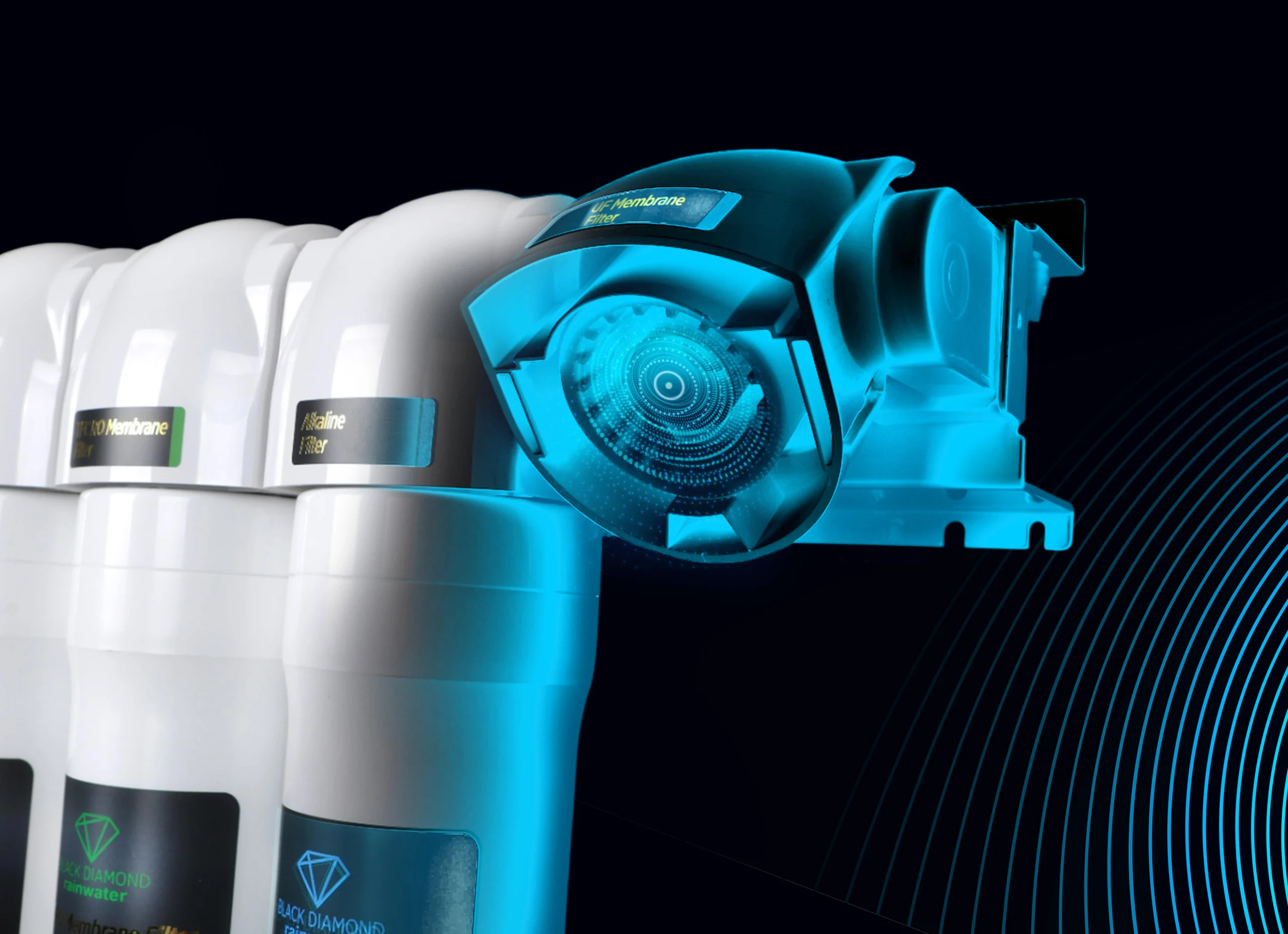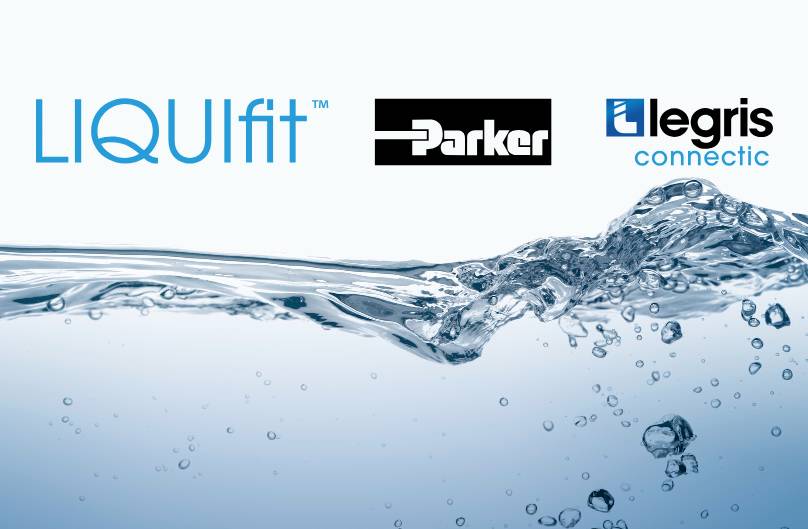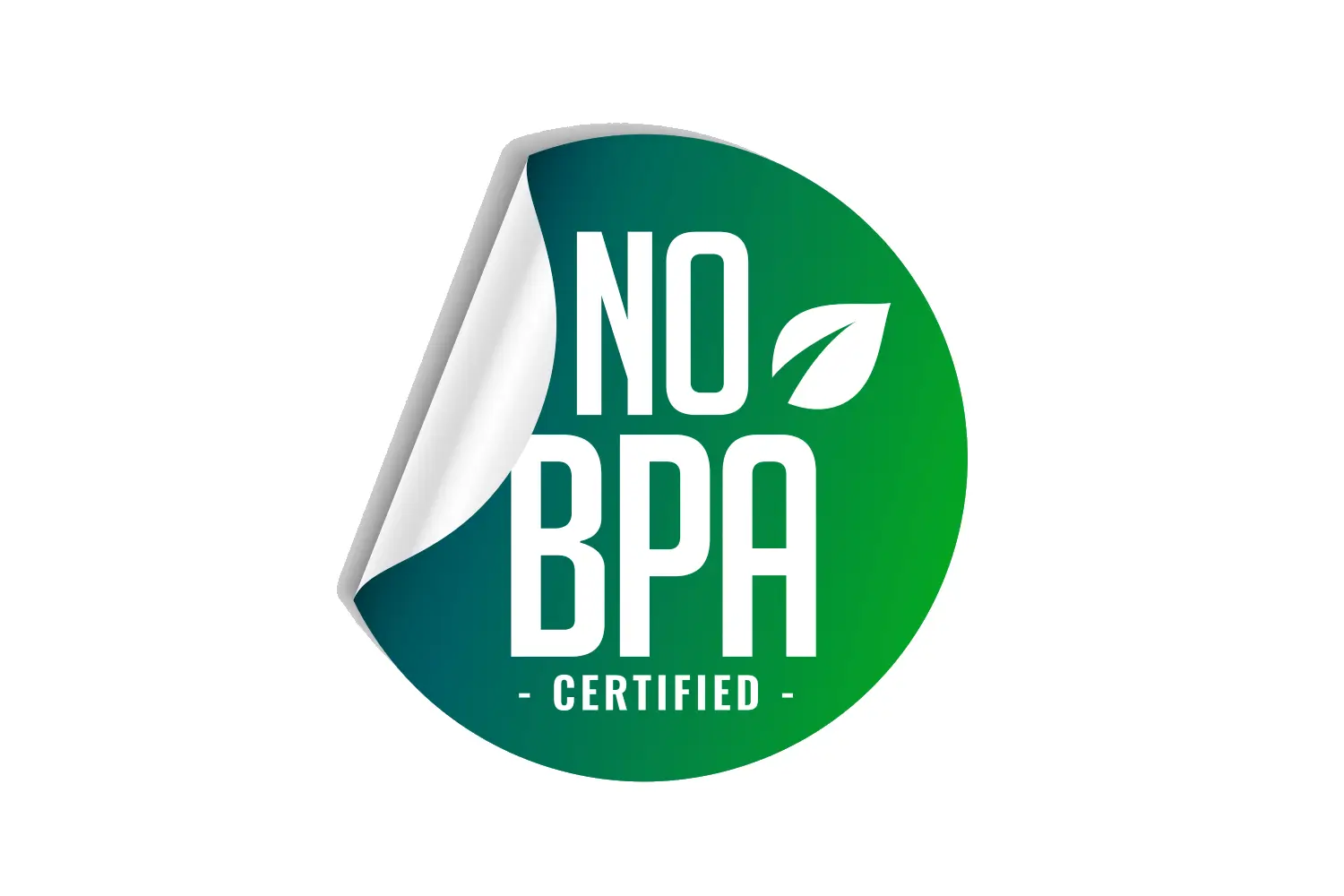Oxygenated water, scientifically known as hydrogen peroxide, is a colourless and clear liquid consisting of two hydrogen and two oxygen atoms. Although its chemical structure looks similar to water, it has a much stronger oxidising property. Thanks to this feature, it plays an effective role in the destruction of bacteria, viruses and other microorganisms.
It has a wide range of uses in the medical, cosmetic and industrial fields and its low concentration solutions in particular are considered safe for human health. Its versatile use makes oxygenated water an indispensable chemical in both everyday life and professional fields.
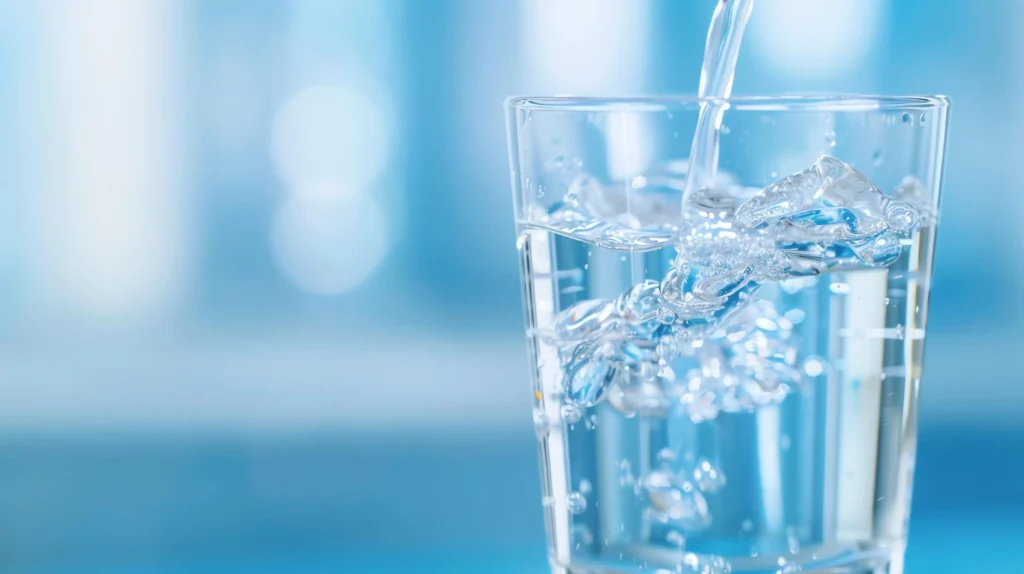
What is Oxygenated Water?
Oxygenated water has a strong oxidising property due to its molecular structure. This feature makes it effective in the destruction of microorganisms such as bacteria and viruses. Although its chemical structure is similar to water, unlike water, it is much more unstable and can quickly turn into water and free oxygen gas when in contact with light, heat or metal surfaces. For this reason, the subject of “what is oxygenated water?” is often wondered.
Pure hydrogen peroxide is highly concentrated and dangerous. Low concentration solutions are preferred in daily use. While it is used for wound cleaning, oral care applications and antiseptic processes in the medical field, it is also used in various applications such as laboratory reactions, textile and paper industry and water purifiers in industrial fields.
It is usually available on the market in 3% solutions, which is considered safe for human health. Higher concentrations may only be used in professional environments and controlled laboratory conditions.
Direct skin contact or oral ingestion poses serious health risks. Oxygenated water is also sensitive to the ambient conditions in which it is stored. It loses its effectiveness and becomes unstable when left in light-permeable bottles or at high temperatures for long periods of time. Therefore, appropriate storage conditions and the correct concentration are important for safe use.
What Does Oxygenated Water Do?
Oxygenated water is used for disinfection and oxidation as its most basic function. Thanks to this feature, it is effective in cleaning cuts, abrasions or small wounds on the body. It prevents the proliferation of bacteria and germs in the area where it is applied and thus significantly reduces the risk of infection. In medical practice, this feature plays an indispensable role, especially in first aid and wound care processes.
In dental and oral health, oxygenated water helps to clean the bacteria in the mouth with its antiseptic effect.
Regular and controlled use can prevent bleeding gums, reduce bad breath and contribute to oral hygiene. In the home environment, oxygenated water is preferred for cleaning kitchen counters, sinks, bathroom surfaces and other frequently contacted areas; it helps to ensure hygiene by effectively killing germs. It also acts as an oxidising agent in water filter systems or other chemical reactions in industrial areas and laboratories. It also acts as an oxidising agent in hair lightening applications in cosmetic fields, and reduces the risk of stains and infections with its antiseptic effect in skin care.
In industrial and laboratory applications, oxygenated water is used to initiate or accelerate chemical reactions. Its oxidising properties ensure efficient and controlled reactions in these processes. This versatile use makes oxygenated water an important chemical substance in both daily life and professional fields.
Where is Oxygenated Water Used?
Oxygenated water has a versatile usage area and is preferred for various purposes in different sectors. In the medical field, it acts as a reliable disinfectant in cleaning cuts, abrasions and minor burns. In first aid applications, it is applied directly to the wound, preventing the proliferation of bacteria and germs and reducing the risk of infection. In dentistry and oral health, low concentration solutions are used as mouthwash or for cleaning teeth. In this way, it reduces the formation of bacteria in the mouth, supports gum health and keeps bad breath under control.
In household use, oxygenated water plays an important role in cleaning kitchen and bathroom surfaces. It effectively destroys germs on sinks, kitchen counters, toilet bowls, shower cabins and other frequently contacted surfaces and contributes to hygiene. In the field of cosmetics and personal care, it is included in hair lightening products due to its oxidising properties in hair care and is used to lighten hair colour. In skin care, thanks to its antiseptic and stain lightening effect, it helps to clean minor skin problems and prevents bacterial formations.
In industrial areas and laboratories, oxygenated water is used as an oxidising agent in chemical reactions. This feature ensures that reactions proceed in a controlled manner and improves quality in production processes. It also plays an important role as an oxidiser in paper and textile production or water treatment processes in chemical plants. This wide range of uses makes oxygenated water an indispensable product both at home and in professional fields and stands out as a versatile chemical substance that can adapt to different purposes.
How to Use Oxygenated Water?
Oxygenated water is applied by different methods depending on the intended use and concentration. Usually 3% solution is used for cleaning wounds and this solution is applied directly to the wound area with the help of cotton, a clean cloth or sterile gauze. Slight foaming may be observed during application. This is an indication that oxygenated water effectively destroys bacteria and germs. In oral and dental cleaning, oxygenated water must be used after dilution and applied as mouth rinse. Oxygenated water should not be swallowed during this use because swallowing can cause stomach and intestinal irritation. In household cleaning, oxygenated water is diluted with water in appropriate proportions and applied to sinks, kitchen counters, bathroom surfaces or other contact areas.
After application, wait for a short time and wipe the surface. In this way, the microbes on the surface are effectively cleaned. In hair and skin care, oxygenated water should be used in controlled amounts in accordance with the product instructions. Excessive use in hair lightening applications or skin cleansing may cause irritation or burning sensation on the skin. Therefore, the duration and amount of use should be carefully adjusted.
Hand washing is recommended after use. Highly concentrated oxygenated water in direct contact with the skin may cause irritation, redness and burning. In addition, contact with eyes and mucous membranes should be avoided during application. In order to use oxygenated water effectively and safely, it is essential to always follow the concentration ratios and instructions for the area of use.
Things to Consider When Using Oxygenated Water
Some precautions should be taken when using oxygenated water. In high concentrations, it may cause burning and irritation on the skin, it should not come into contact with eyes. In case of ingestion, it may cause stomach and intestinal irritation, in severe cases it may cause poisoning. During use, ventilation should be provided indoors and it should be kept away from direct sunlight and high temperature. During storage, it should be kept in a cool place with a lid. In addition, when used for different purposes, the instructions for use must be strictly followed.
Can I Drink Oxygenated Water?
Oxygenated water is not to be drunk. Even low concentration products should not be taken orally. Ingestion may cause stomach and intestinal irritation, vomiting, abdominal pain and serious health problems. Although it can be used medically under the supervision of a doctor in certain cases, it should never be drunk in general use. At home or in everyday life, oxygenated water is only suitable for external use and improper use carries serious health risks.

 TR
TR
 Blog
Blog 